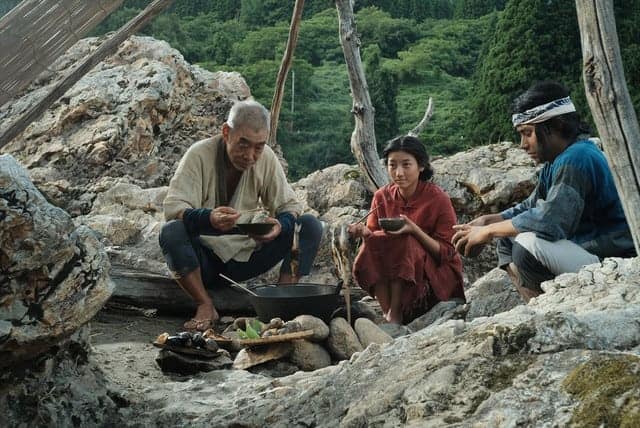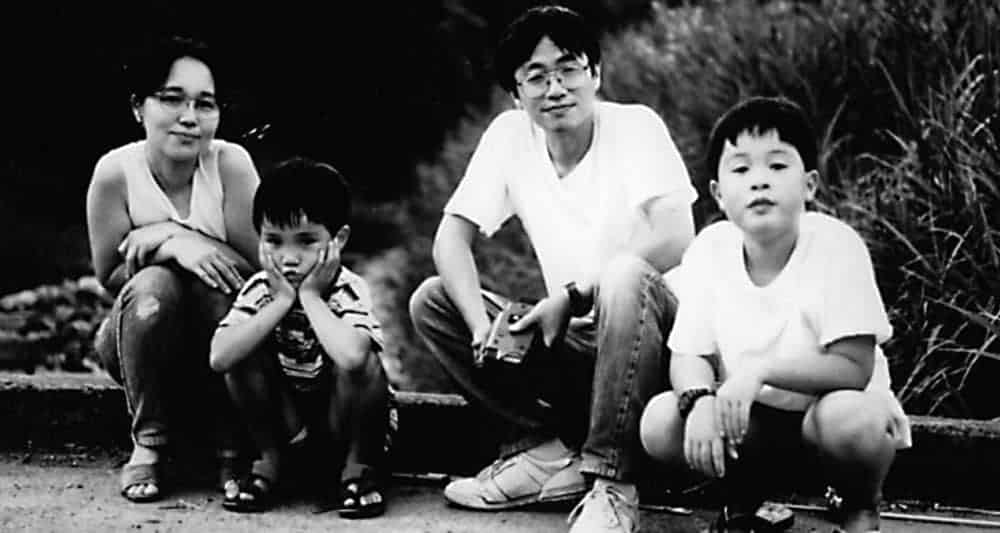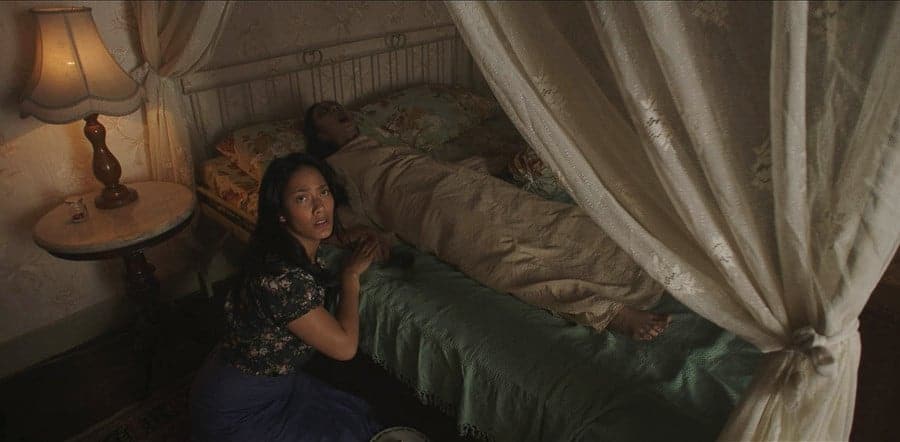Joe Odagiri is the rebel face of Japanese Cinema since the early 2000s. At the Venice Film Festival, the actor known from blockbusters like “World of Kanako” (2014) presented his directorial debut “They Say Nothing Stays the Same”. Known for crossing geographical as well as genre borders, Odagiri tells the story of an old boatman named Toichi, who goes about his daily business until he saves a mysterious girl at the riverbank.
The Say Nothing Stays the Same is screening at Helsinki Cine Aasia

“They Say Nothing Stays the Same” is Odagiri's application for the arthouse directors club. Keywords: Silence and long takes. There is not much going on in this 2-hour long piece of meditation. Peppered with a platinum cast led by Akira Emoto (“Dr. Akagi” 1988), Nijiro Murakami (“Still the Water” 2014), Tetta Sugimoto (“Outrage” 2010), Makiko Watanabe (“Love Exposure” 2008) and Jun Abe as the mysterious girl, the movie is structured by the cinematography of Christopher Doyle (“Chungking Express” 2004) and a classical soundtrack by Armenian composer Tigran Hamasyan. Also, former YMO member Haroumi Hosono has a small cameo. The combination of sound and pictures dominate the feel of the film. Surprisingly, since the director has an acting background, the acting is very nihilistic. The actors step back behind a naturalistic atmosphere created by long sequences of water and the surrounding biosphere, underlined by a high-color grading and an emphasis on lighting.

These scenes indicate Odagiri's influence from Korean director Kim Ki-duk, who shot the movie “Dream” together in 2008. The setting borrows heavily from Duk's “Spring, Summer, Fall, Winter…and Spring” (2003) about a monk living on an island in the middle of a mountain scenery. Another similarity is the pace. Slow pace is a central element of both films. Used as a metaphor of two colliding worlds, the slow travel of the boatman is endangered by the construction of a bridge across the river, allowing a fast commute between the villages. Soon people will not be relied on the kindness of the boatmen anymore. The dawning modernization calls time on brotherliness.
The metaphorical aspect of the film is further strengthened by the naming of the mysterious girl. Toichi calls her “Fu”, which translates as “wind.” She symbolises the change and the time that is flowing constantly like the river. Her pure presence alters the life of the boatman. Toichi on the contrary is a sad character, somehow out of this world and not relatable to the modern world. When he rescues Fu he intervenes in her fate and the old man is haunted by the grim reaper who claims the life of the girl.

One of the most notable sequences of the film is the secret funeral of a befriended hunter in the woods, whose deathwish was to be sacrificed as an offering to the animals that he once used to hunt and that kept him from starving. As his son Nihei and Toichi carry the corpse through the rainy and dark forest, we get to see an emotional highlight pushing the philosophical epitome of the movie to a maximum.
Kiyoshi Kurosawa, Kim Ki-Duk, Hirokazu Koreeda. Prolific directors that altogether had, at a certain point in Odagiri's life, an influence on him. The essence of “They Say Nothing Stays the Same” is expressed in a few deep conversations. Happyness without capitalism and finding peace in hectic times are the core topics that the film tries to discuss. Joe Odagiri creates a refurbished version of the A-List philosophical arthouse cinema of Asia.















